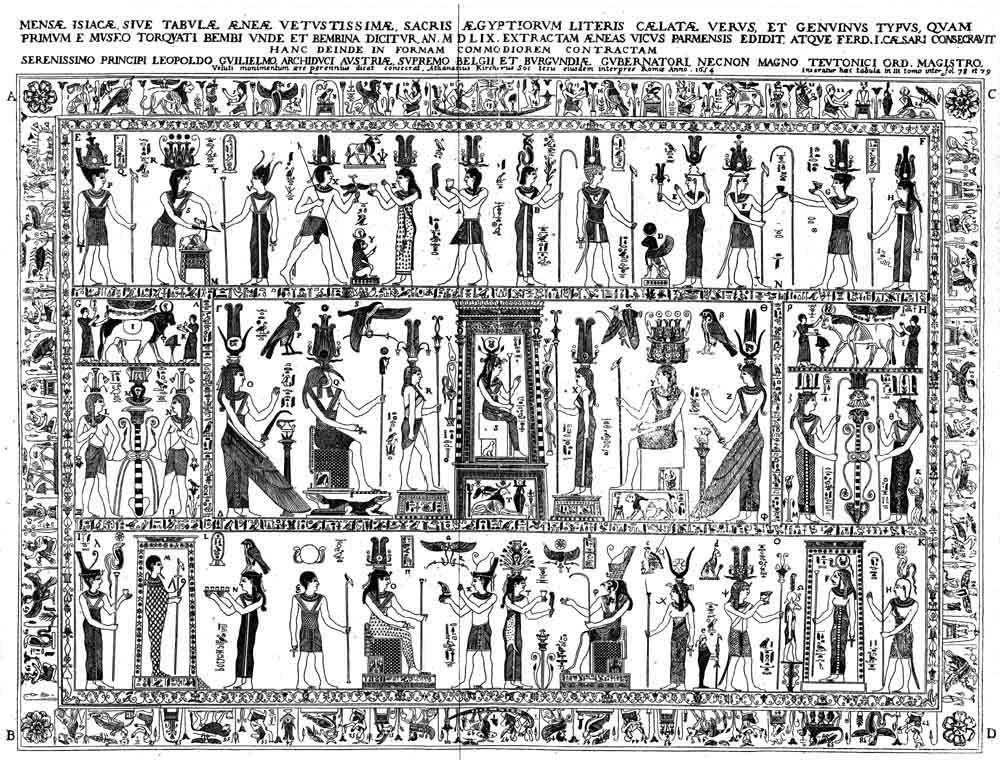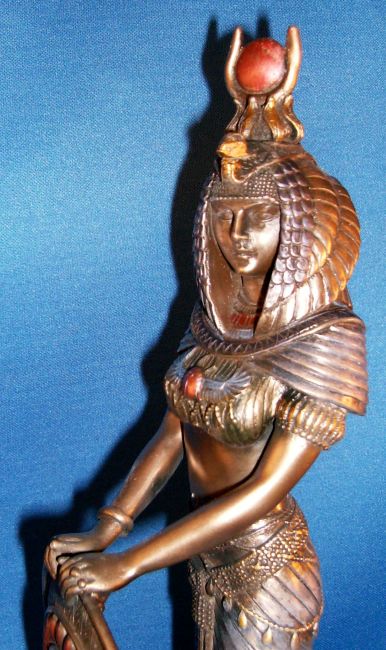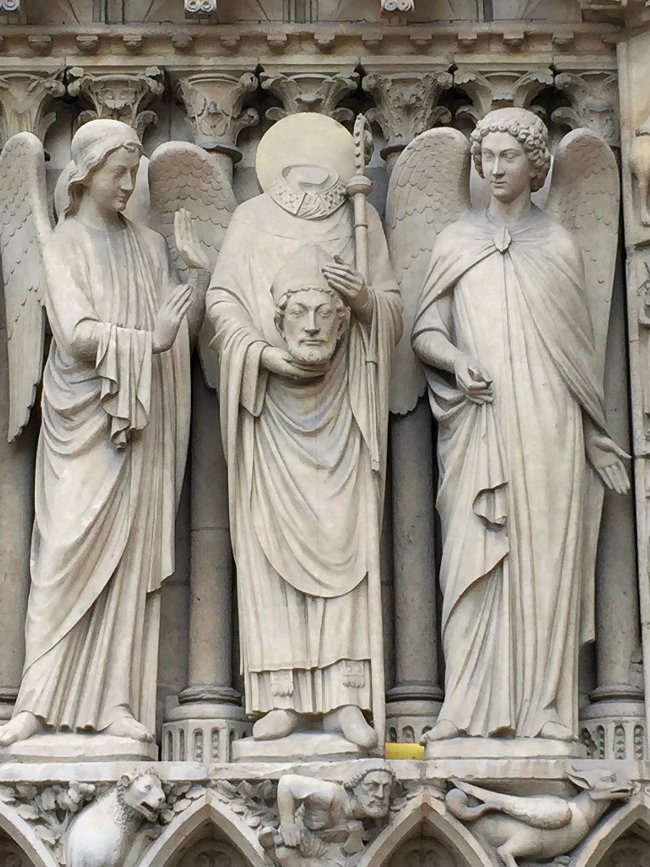During the Middle Ages the troubadours of Central Europe preserved in song the legends of this Egyptian goddess. They composed sonnets to the most beautiful woman in all the world. Though few ever discovered her identity, she was Sophia, the Virgin of Wisdom, whom all the philosophers of the world have wooed. Isis represents the mystery of motherhood, which the ancients recognized as the most apparent proof of Nature’s omniscient wisdom and God’s overshadowing power. To the modern seeker she is the epitome of the Great Unknown, and only those who unveil her will be able to solve the mysteries of life, death, generation, and regeneration.
MUMMIFICATION OF THE EGYPTIAN DEAD
Servius, commenting on Virgil’s Æneid, observes that “the wise Egyptians took care to embalm their bodies, and deposit them in catacombs, in order that the soul might be preserved for a long time in connection with the body, and might not soon be alienated; while the Romans, with an opposite design, committed the remains of their dead to the funeral pile, intending that the vital spark might immediately be restored to the general element, or return to its pristine nature.” (From Prichard’s An Analysis of the Egyptian Mythology.)
No complete records are available which give the secret doctrine of the Egyptians concerning the relationship existing between the spirit, or consciousness, and the body which it inhabited. It is reasonably certain, however, that Pythagoras, who had been initiated in the Egyptian temples, when he promulgated the doctrine of metempsychosis, restated, in part at least, the teachings of the Egyptian initiates. The popular supposition that the Egyptians mummified their dead in order to preserve the form for a physical resurrection is untenable in the light of modern knowledge regarding their philosophy of death. In the fourth book of On Abstinence from Animal Food, Porphyry describes an Egyptian custom of purifying the dead by removing the contents of the abdominal cavity, which they placed in a separate chest. He then reproduces the following oration which had been translated out of the Egyptian tongue by Euphantus: “O sovereign Sun, and all ye Gods who impart life to men, receive me, and deliver me to the eternal Gods as a cohabitant. For I have always piously worshipped those divinities which were pointed out to me by my parents as long as I lived in this age, and have likewise always honored those who procreated my body. And, with respect to other men, I have never slain any one, nor defrauded any one of what he deposited with me, nor have I committed any other atrocious deed. If, therefore, during my life I have acted erroneously, by eating or drinking things which it is unlawful to cat or drink, I have not erred through myself, but through these” (pointing to the chest which contained the viscera). The removal of the organs identified as the seat of the appetites was considered equivalent to the purification of the body from their evil influences.
So literally did the early Christians interpret their Scriptures that they preserved the bodies of their dead by pickling them in salt water, so that on the day of resurrection the spirit of the dead might reenter a complete and perfectly preserved body. Believing that the incisions necessary to the embalming process and the removal of the internal organs would prevent the return of the spirit to its body, the Christians buried their dead without resorting to the more elaborate mummification methods employed by the Egyptian morticians.
In his work on Egyptian Magic, S.S.D.D. hazards the following speculation concerning the esoteric purposes behind the practice of mummification. “There is every reason to suppose,” he says, “that only those who had received some grade of initiation were mummified; for it is certain that, in the eyes of the Egyptians, mummification effectually prevented reincarnation. Reincarnation was necessary to imperfect souls, to those who had failed to pass the tests of initiation; but for those who had the Will and the capacity to enter the Secret Adytum, there was seldom necessity for that liberation of the soul which is said to be effected by the destruction of the body. The body of the Initiate was therefore preserved after death as a species of Talisman or material basis for the manifestation of the Soul upon earth.”

Moe is the founder of GnosticWarrior.com. He is a father, husband, author, martial arts black belt, and an expert in Gnosticism, the occult, and esotericism.

![How a little boy, dying in the same monastery, called upon a virgin that was to follow him; and how another nun, at the point of leaving her body, saw some small part of the future glory [675 A. D.?] | Book 4 | Chapter 8 How a little boy, dying in the same monastery, called upon a virgin that was to follow him; and how another nun, at the point of leaving her body, saw some small part of the future glory [675 A. D.?] | Book 4 | Chapter 8](https://www.gnosticwarrior.com/wp-content/plugins/contextual-related-posts/default.png)






